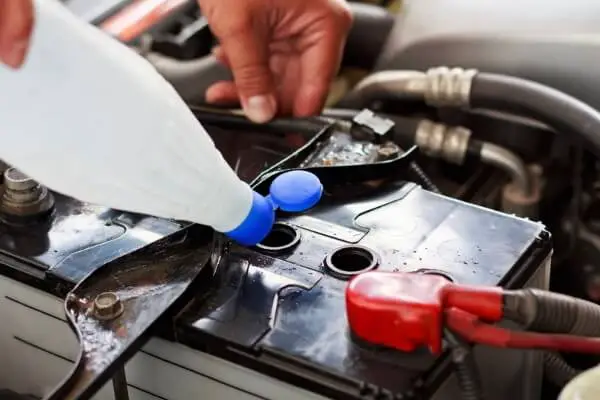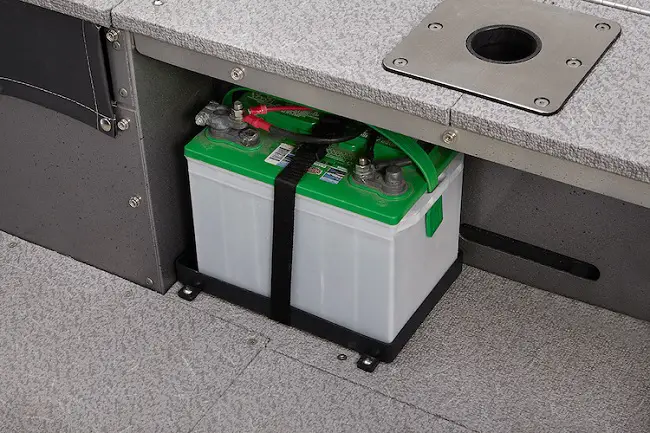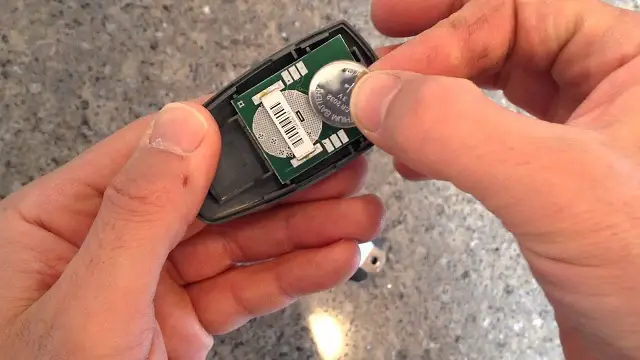Is your car battery acting funny? Does it stop even when your ignition is turned on? If you have any of these problems, you will have to work on your battery.
There is an effective way to refurbish a battery. Luckily, this method does not require any special skills or tools. Besides, you can save a couple of dollars in the process.
Now let’s learn how to recondition old car batteries.

How to Refurbish a Car Battery
You can recondition a battery by replacing its electrolyte. Then, complete the process by charging the battery.
Like most things in life, car batteries become old and weak. However, you can use some tricks and restore them to their past glory. Also, remember to stay safe as this activity is a risky business.
Here are the required things for working on your battery:
- Baking Soda
- Epsom Salt
- Distilled Water
- Battery Charger
- Flathead screwdriver
- A pair of googles
- Face mask
- Rubber gloves
- Apron
- Battery terminal cleaner
- An old toothbrush
- Steel wool or sandpaper
- Voltmeter
- Bucket
The Steps
1. Gather Your Tools
Before working on a battery, ensure your tools are within your reach. Also, wear any protective clothing such as goggles, gloves, mask, and apron. Remember to prepare a baking soda and water solution to deal with acidic spills.
2. Clean the Battery
Prepare a paste of water and baking soda. Then dip in the toothbrush and use it to scrub out any signs of rust. If the corrosion feels too thick, dump the brush and whip out the sandpaper or steel wool.
3. Inspect the Battery
Whip out the voltmeter and check the condition of the battery. If the device reads 12.6V, then the battery is in top shape. But if you notice a reading of 10V to 12.6V, the battery requires some work.
4. Discard the Electrolyte
Open the battery caps with the screwdriver and keep them in a safe place. Then, gently raise the battery and pour the liquid into an old bucket. Neutralize the acid by adding 500grams of baking soda. Remember to stay away from any spills because the electrolyte is toxic.
5. Clean Out the Electrolyte
Prepare another baking soda solution with water and baking soda in a ratio of 1:1. Then pour the solution into the battery and replace the battery caps. Shake the battery around for 30 seconds, remove the caps and pour the contents into the bucket.
6. Replace the Electrolyte
Dissolve 120 grams of Epsom salt into a liter of distilled water. Make sure that the salt is well dissolved in the solvent. Then pour the salt solution into the empty cells of the battery.
7. Charge the Battery
Charge the battery slowly. For this task, you will have to charge the unit in 12v/2amps mode. For a proper top-up, continue charging for two-three days.
8. Inspect the Battery Again
Remove the battery from the charger. Then measure the unit with a voltmeter. If you notice a reading between 12.42V to 12.6V, your battery should work perfectly.
9. Perform a Load Test
Complete the process by performing a load test on the battery. To be successful, the battery should support 9.6v for 15 seconds.
Tips for Refurbishing Car Batteries
- Do not refill your batteries with vinegar, tap water, or any other solvent. For this task, stick with distilled water.
- If you don’t have Epsom salt, you can use aluminum sulfate or copper sulfate.
- Do not overcharge the batteries.
- If you are refurbishing an AGM battery, do not use stand-alone chargers. Instead, charge it with the original charger that comes with it.
- Work in a well-ventilated area and avoid open flames.
- As you charge the batteries, do not cover them. When it comes down to it, pressure builds up in closed batteries and leads to damage.
- After working with batteries, wash with soap and water.
- Do not carry heavy batteries alone. Instead, ask for help from a friend or get a lifting device.
- Stay at arm’s length before opening the battery.
Wrapping Up
Refurbishing a car battery is not rocket science. However, you should wear safety equipment and avoid overcharging.
If you don’t have any DIY experience, you can seek help from an expert. In most areas, there are services for reconditioning old batteries. Even if they charge for their work, the costs should not wipe your savings account.


